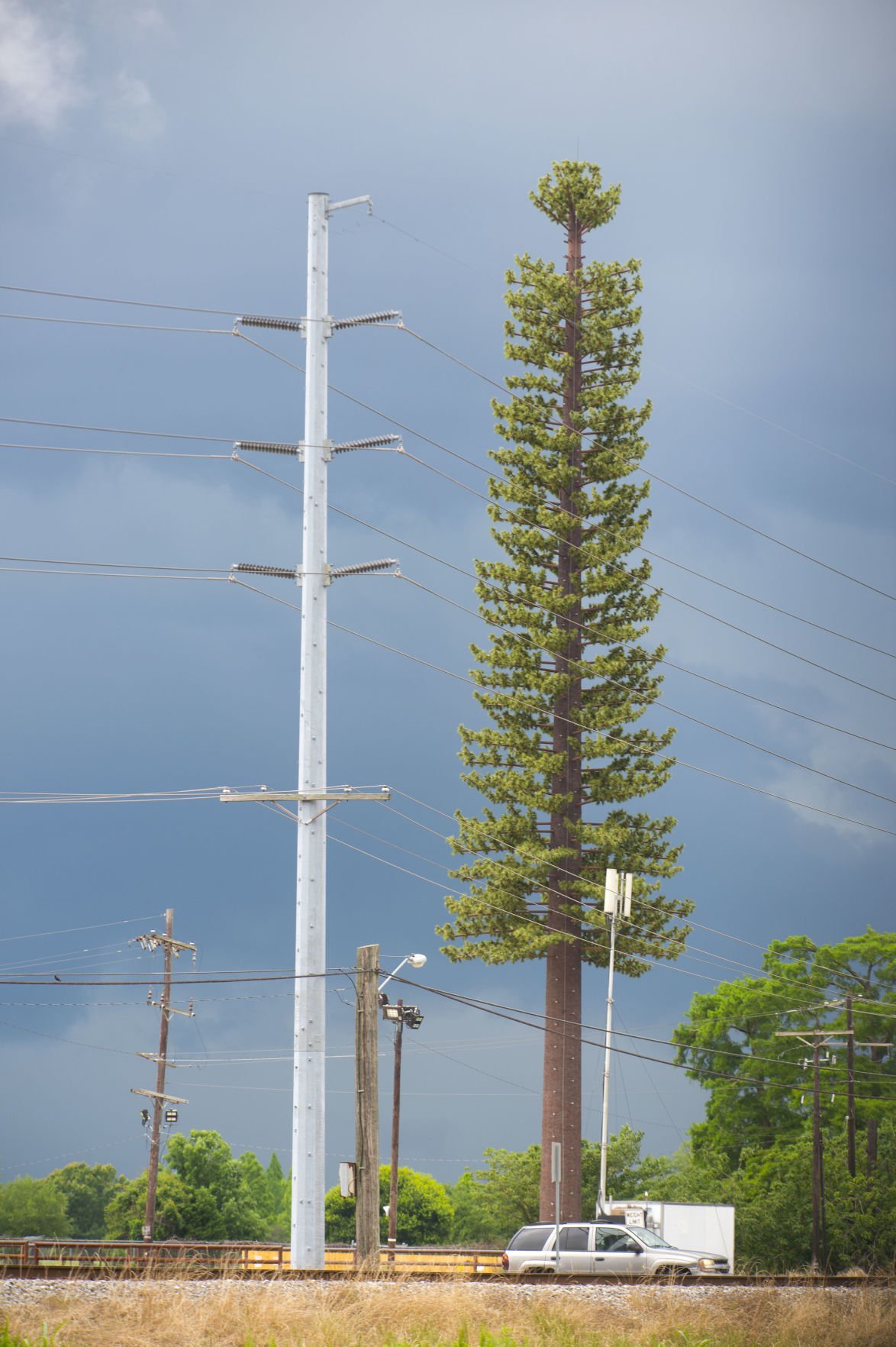If you've ever been through a city, you may have seen tiny cell towers for 5G on the poles of street lights. They look like small boxes, but they're actually broadcasting wireless signals from cellular providers to your mobile.
what is a safe distance from a 5g cell tower are replacing larger, purpose-built cell towers. While they're less noticeable however, they could create issues for users.
It is the Federal Communications Commission's Radiation Exposure Thresholds
The FCC's Radiation Exposure Thresholds establish the maximum amount of time a person can be exposed to electromagnetic energy generated by wireless devices. The limits for exposure are based on research that show that RF energy can be harmful to human health.
The rate of absorption called the specific absorption rate (SAR) is an indication of the amount of radiofrequency energy absorbed by tissue. It is typically 1.6 milliwatts per kilogram calculated over one kilogram of tissue.
Since 5g is able to transmit at higher frequencies this could be able to cause greater energy intensity on the skin and other directly-exposed body areas. This can result in various potential problems, including an increased development of skin diseases such as dermatitis, skin cancer and cataracts.
Due to the potential for harmful effects of radiation from 5G, PSU has chosen to set a general localized power density limit of 4 mW/cm2 based on the average on 1cm2, and not to exceed 30 minutes for the entire 5G spectrum at 3000 GHz. This localized limit is consistent with the peak SAR spatial-average of 1.6 W/kg, which is averaged over 1 5 grams of body tissue, at 6 GHz.
safe distance from cell tower
Have you ever used a cell phone, you probably know that a safe range from the tower should be at least 400 meters away. This is due to the power of the transmission of a cell tower increases dramatically the further the tower is.
While this sounds like an ideal idea, the reality is that people living in close proximity to towers may actually be more prone to health issues. For example, a study from 2014 in India found that those living within 50 meters from cell towers suffered significant more health issues than those living further far from antennas.
This study revealed that those who relocated into areas farther away from cell towers noticed their symptoms improve within a couple of days. Another study has revealed that exposure to high levels of radiofrequency electromagnetic fields (EMFs) could cause cancer, brain tumors and other health issues.
This is due to the fact that radiofrequency radiation, utilized in wireless communications, can penetrate the human body's exterior layer, which is the skin. This is vital to be aware of since the skin functions as a barrier to protect against injury to the body, infection by pathogenic microorganisms, and entry of toxic substances. Additionally, it is the largest organ of the human body. It is responsible for maintaining the integrity of other organs.
The FCC's Minimum Exposure Thresholds
The FCC's Minimum Exposition Thresholds are based upon many assumptions that aren't supported by scientific evidence. This includes the false belief that exposures to RF radiations are not harmful due to minimal penetration into the body (i.e. the heating of tissues).
This assumption does not take into account the greater penetration of ELF components of modulated RF signals, as well as the effects of brief bursts of heat from pulsed RF waves. https://fnote.me/notes/H4TrBc are not compatible with current understanding of the biological consequences of RF radiation. As such, they should not be relied upon for health-protection exposure standards.

Furthermore to that, ICNIRP and FCC restrict their maximum exposure limits to local peak SARs, based on the maximum spatial specific absorption rate (psSAR) which is not a sufficient dosimetric tool to determine the degree of exposure to RF radiation. In particular it is inconclusive for frequencies above 6 GHz. In addition, psSAR is not been evaluated for RF radiation that is exposed to other environmental agents , such like sunlight. In the event of interactions, RF radiation and other agents in the environment could produce synergistic or antagonistic impacts. This can lead to the risk of having adverse health effects. For example, exposure to RF radiation and sunlight could cause an increase in the incidence of developing skin cancer, and may also exacerbate other skin diseases such as acne.
